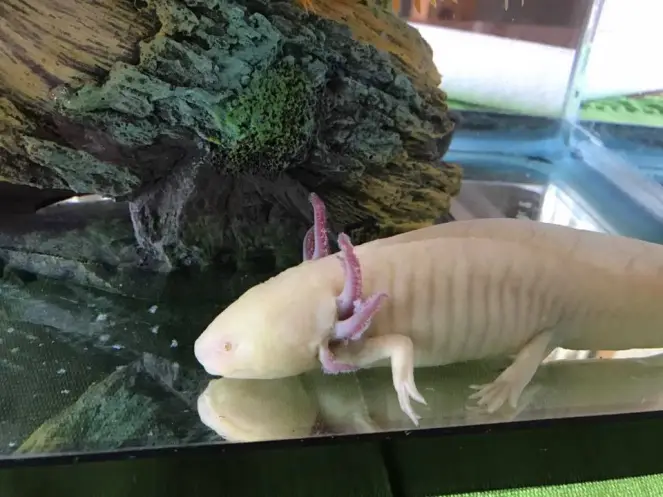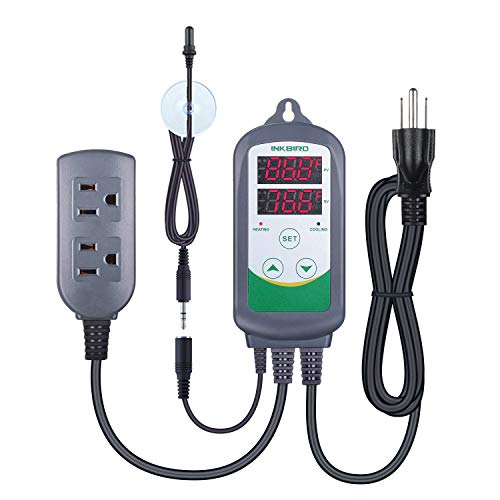How To Handle and care Axolotl During Shedding Skin? There is no disputing that we exist in a society complete with exciting and attractive species, so picking a pet isn’t difficult. The only way to safeguard the longer and healthier of these animals is to understand as much as possible about them. With the recent rise in popularity of aquatic salamanders as pets, the axolotl has risen to the top of the list.
One of the most remarkable aspects of these organisms is their ability to regenerate limbs and absorb eggs, making them a favorite of scientists.
One of the strangest characteristics of these critters is that their skin is prone to peeling in times of stress or illness. As a result, many axolotl owners are alarmed that their pets may be dying, even though this is an entirely everyday occurrence. There are several reasons why your axolotl’s skin is peeling, and this article will help you understand why.
First, we’ll discuss why axolotls peel their skin and whether or not they have skin, beginning with the following article. Because of our research, we’ve compiled some valuable data about axolotls’ shedding patterns and how to make the system more pleasant for your favorite pet.
Table of Contents
How To Handle Axolotl During Shedding Skin?
What To Look For when Axolotl Shedding, The axolotl may be peeling for several different causes. Axolotls, on the other hand, do not lose their skin regularly.
Chlorine
Your axolotl may be losing skin because the water contains chlorine or chloramine. To remove the chlorine from tap water for the axolotl tank, you will need to let the water rest for a whole day.
Last update on 2022-07-08 / Affiliate links / Images from Amazon Product Advertising API
As a more aggressive form than chlorine, chloramine can be challenging to remove from water without a dechlorinating agent.
The slime coat or skin of the axolotl will be physically burned by either chlorine or chloramine, resulting in the axolotl shedding. Aquariums should never be filled with tap water that hasn’t been disinfected.
Temperature
Axolotls thrive in colder climes; therefore, keeping these as a pet will need to keep the water constant. Your axolotl may begin to shed its slime coat if the temperatures in its tank are just too high (or, in rare situations, too low).
Last update on 2022-07-08 / Affiliate links / Images from Amazon Product Advertising API
Salamanders like temperatures between 16 and 18 degrees Celsius; therefore, you must alter the temperature accordingly. A chiller may be necessary if you cannot keep the room at a comfortable temperature.
What Will Happen To Axolotls If They Shed?
As long as the root cause of shedding is located and corrected, axolotls will not be killed by shedding.
Because of this, the axolotl can die from infection or parasite if it does not stop shedding or produce a new slime coat.
Axolotl shedding is not normal, and we can’t stress this enough. The sooner you find out what’s causing the axolotl’s health problems, the better the odds that it will live a long and healthy life.
I hope you have enjoyed to read this post on How To Handle Axolotl During Shedding Skin.








